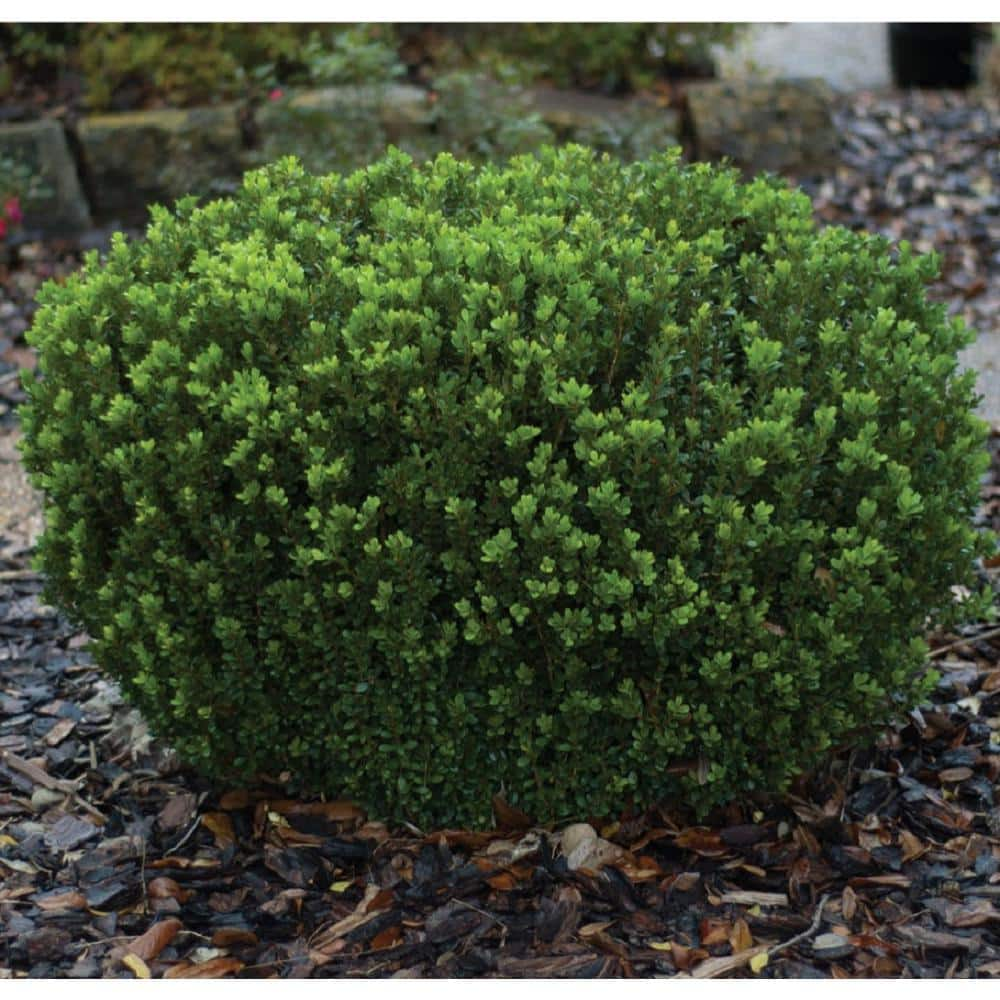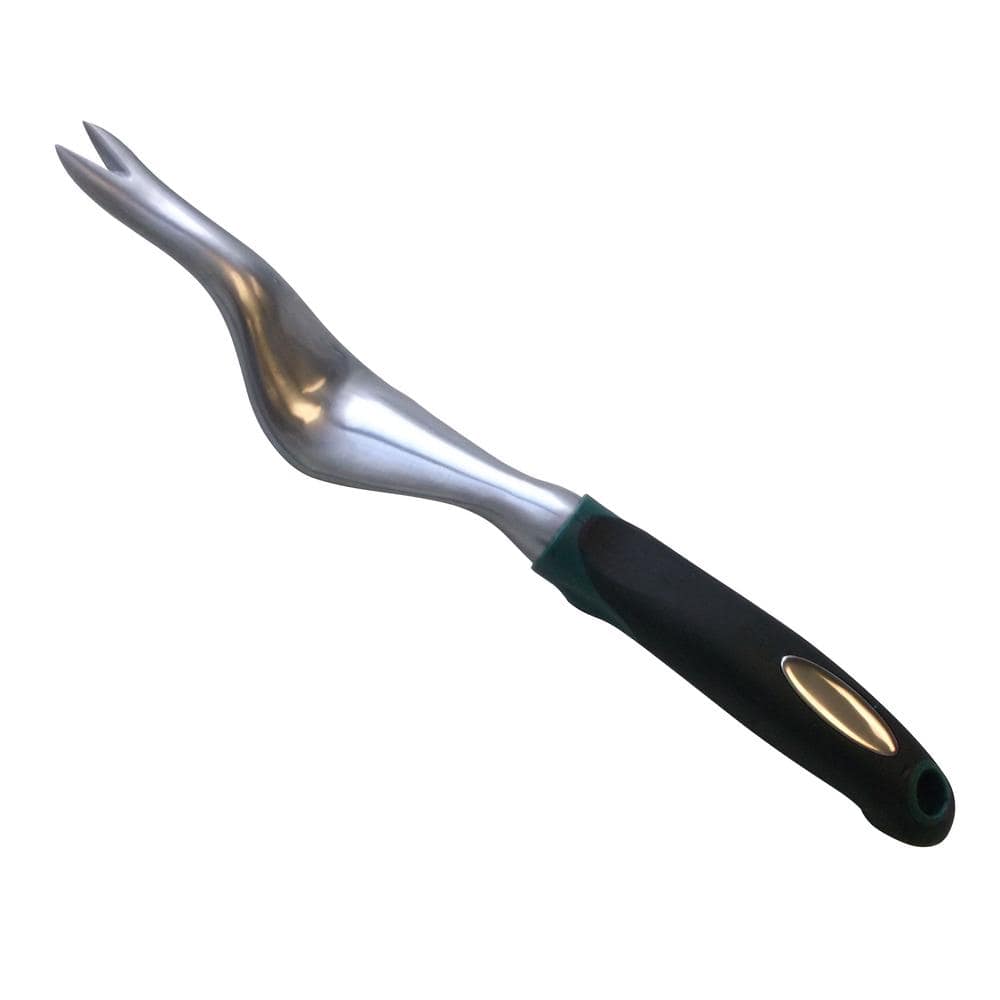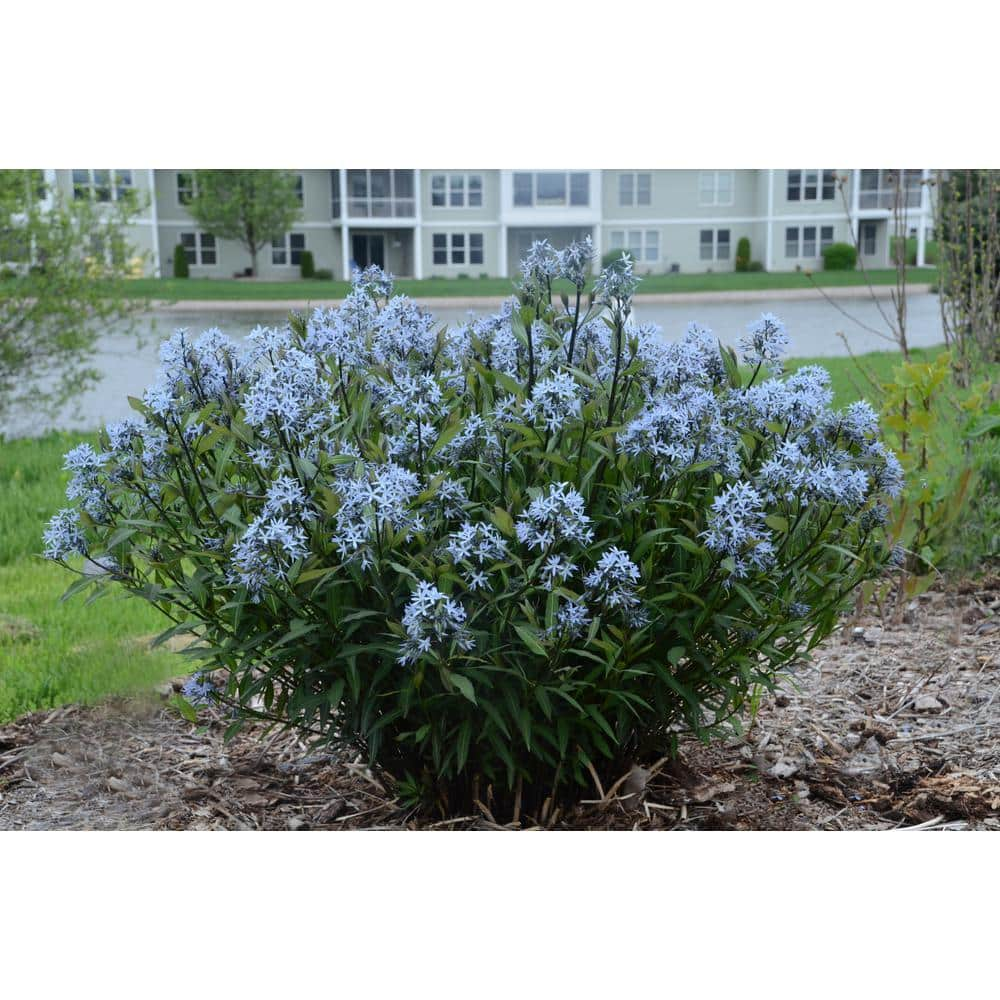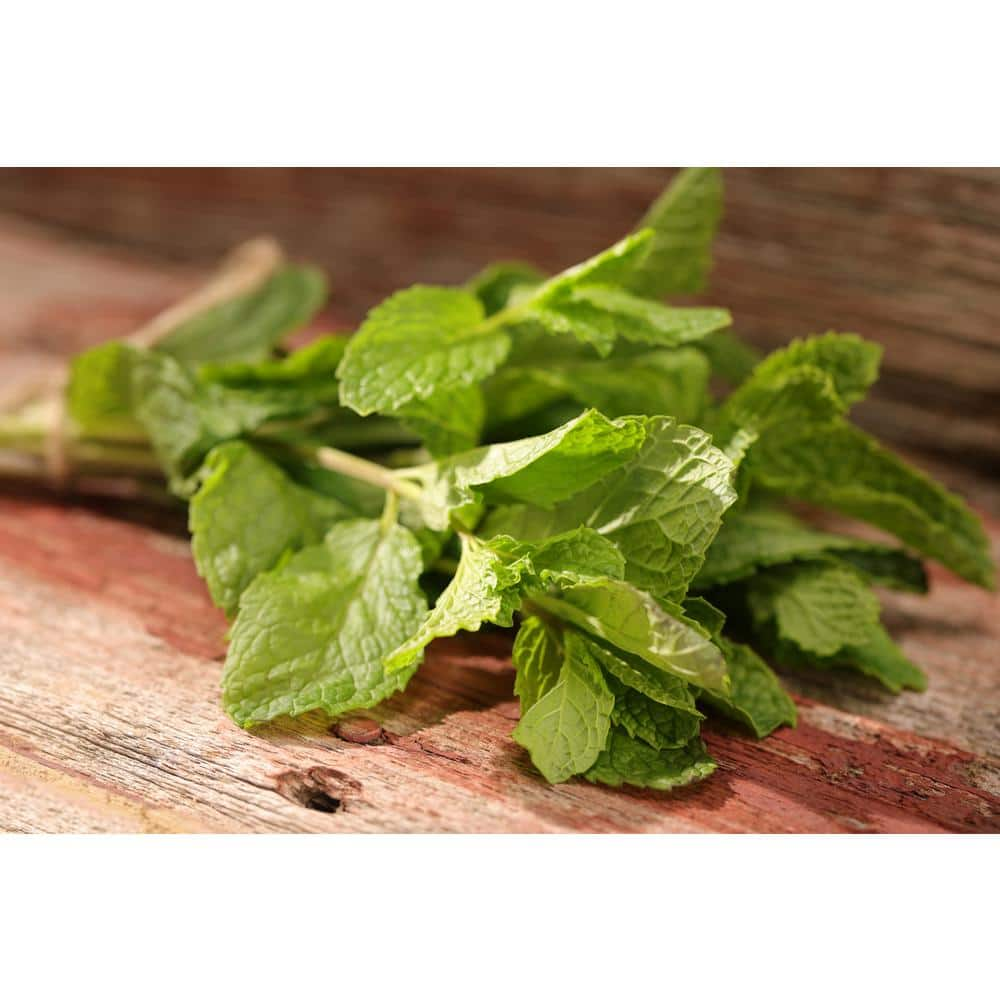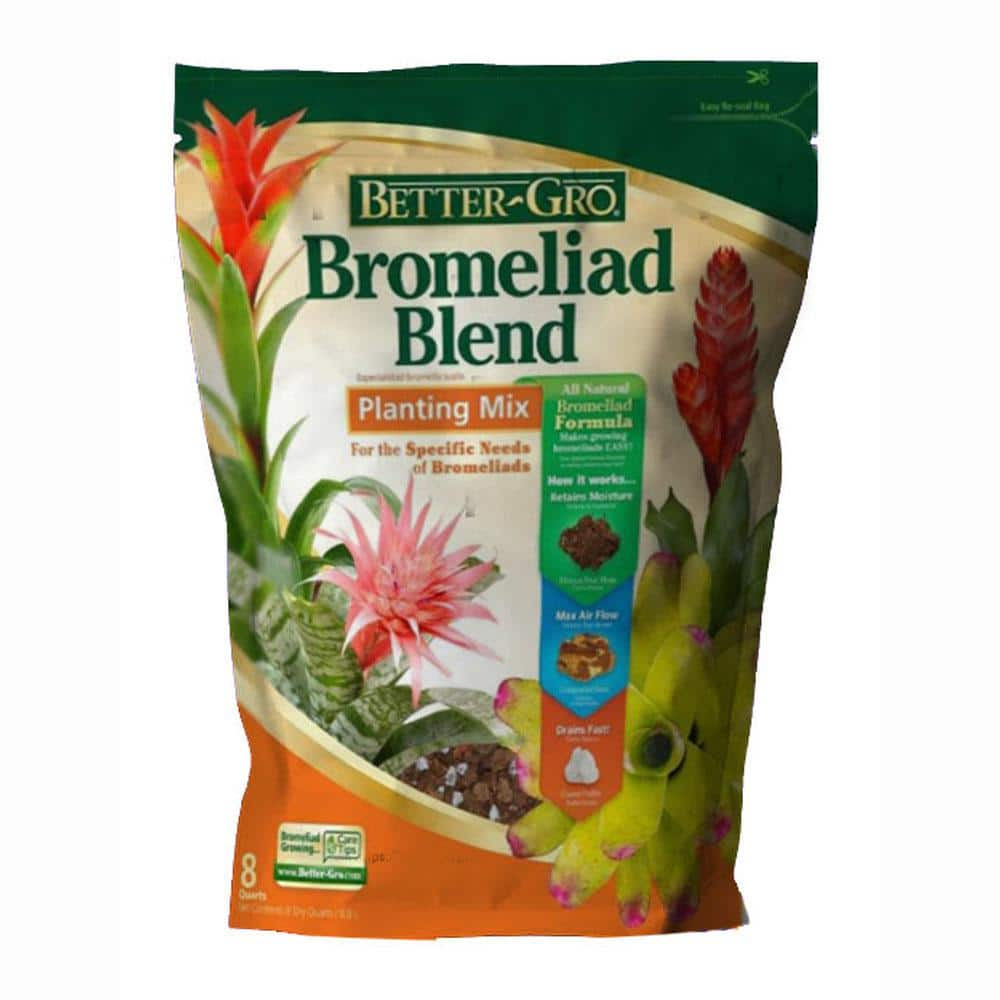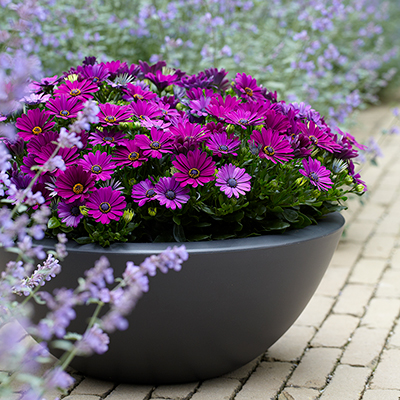Thriller, Filler and Spiller Plants for Your Container Garden

Last updated February 14, 2025
A container garden is a great way to bring the beauty of live plants to your outdoor spaces and add drama to your garden.
Designing container gardens can be intimidating with so many beautiful plants in the Garden Center. Take a tip from gardening experts and use the Thriller-Filler-Spiller formula to design your containers.
In this guide, you’ll find design inspiration and plant recommendations for your garden containers.
Table of Contents
Thriller-Filler-Spiller Formula
Thriller Plants
Filler Plants
Spiller Plants
Tips for Planting Containers
Caring for Container Gardens
Thriller-Filler-Spiller Formula

When it comes to gardening with containers, you don't need to be a professional to design gorgeous planters. Just follow the Thriller-Filler-Spiller recipe for a balanced, colorful arrangement.
Thriller-Filler-Spiller is a catchy rhyme to guide you as you choose plants for your container garden masterpieces:
- Thriller plants' height and texture set the rhythm for the remaining plants.
- Fillers do exactly that, filling the middle space with masses of color and texture.
- Spillers draw the eye down and out as they drape over the edge of the container.
Tip: In the Garden Center, look for signs that show how to use the Thriller-Filler-Spiller technique.
Thriller Plants

Thriller plants add drama, height and texture, and set the stage for the fillers and spillers. Place thriller elements in the center of your container arrangement, and if it’s one-sided, place to the back.
Look for these popular Thriller plants:
- Caladium leaves offer height and a bold shape, with the bonus of pink-burgundy-and-green color schemes. Purchase caladium bulbs in spring and tuck them directly into potting mix in a container. Fill in with impatiens, begonias, petunias and creeping Jenny and let the caladiums grow to their full height in summer. For instant impact, start with mature caladium plants for your container designs.
- Cordyline or ti plant is doubly thrilling, with burgundy or chartreuse foliage sometimes edged in pink. The narrow-leaved cordylines are commonly called spikes. Pair cordylines with complementary petunias in red or contrast with green foliage plants.
- Dipladenia and mandevilla make stunning thrillers. Glossy leaves add season-spanning interest, and the bright tropical bursts of blooms on twining stems are always a treat. Both can handle the heat, and a little bit of drought. Mandevilla may flag in the dog days of summer, but keep it watered and expect a final flurry of blooms before the first frost.
- Majesty palms make fine thrillers in tropical containers. Be sure to keep majesty palms in low light, and if you live outside of a tropical zone, bring them inside for the winter months. Along the same lines, conifers, small shrubs and trees can all be used as thrillers in containers.
- Ornamental grasses are a natural thriller in containers. The swaying fronds add texture and interest when the wind blows. Purple fountain grass is a popular warm-weather choice. At just 15 inches high, Little Bunny dwarf fountain grass is sized just right for containers.
Filler Plants

Filler plants pack the middle space with texture and color. If your container will be visible from all sides, place Filler plants around the Thriller, keeping them toward the middle of your container. If your container will only be visible from one or more sides, place Fillers between the Thriller and the visible sides.
Annual bedding plants are natural fillers and come in a range of colors that will brighten any display. And don’t forget that herbs like parsley, thyme and small rosemary plants can be tucked in as accents.
Here are some popular filler plants:
- Plant coleus for a color-saturated pop of velvety foliage. Look for varieties with shades of peach, lime, burgundy and pink. Coleus pairs beautifully with ornamental grasses and bold annuals like zinnias.
- Impatiens bloom from early spring through the first hard frost. By nature, impatiens are compact and don't require much deadheading. If your container will be in full sun, consult plant tags and descriptions for impatiens varieties that thrive in the sun.
- Sun-loving petunias are vigorous growers with a natural mounding habit. This colorful and versatile performer can be a filler or spiller - or both - in a container.
- Displaying unstoppable color, pansies and their little sister, violas, show off in all but the coldest and hottest weather. These spring and fall favorites fill up containers just as easily as flower beds. They lend their blues, purples, yellows and reds to container color schemes.
Spiller Plants

More than the other two elements of a well-designed mixed container, the Thriller and Filler, the Spiller gives a lush look to your finished planter. This element makes even a seasonal container look like it’s been growing for years.
Cascading perennial groundcovers are typical choices for spillers and make quite a show with shots of chartreuse and variegated foliage. You can expand your options with stems of petunias or other trailing flowers.
Check out these popular spiller plants:
- Sometimes called pennywort, creeping Jenny spills a wispy trail of chartreuse drops when you tuck it into the rim of a container. It’s a tough perennial, thriving from zones 2 to 10. If creeping Jenny survives the winter where you are, trim it back in spring for another season of color.
- Sweet potato vines grow from tubers that produce a heat-loving cascade of heart-shaped leaves in lime green. Look for newer varieties in dusky purple for a dramatic pop in your planter. These sweet potatoes, by the way, are not edible. Sweet potato vine can handle shade or sun. Like many annuals, sweet potato vines may need an extra drink of water on the hottest days of summer.
- In succulent containers, donkey’s tail is the classic cascading succulent, with characteristic bunches of bean-shaped leaves. Another succulent to try is string of pearls. Complete your succulent container with echeveria Fillers and agave or paddle succulent Thrillers.
- Petunias are a versatile performer, able to fill in a display or cascade over the edges. Here’s a tip when creating your container: Lay the petunias on their sides so the flowers drape over the edge of the container and the soil-covered roots are sideways. Cover with potting mix and complete your arrangement. This gives a full, mounded look to the completed display.
Tips for Planting Containers

Whether you have a terra cotta pot full of succulents or a backyard patio edged in raised planter boxes, containers bring the beauty of plants up close. This makes them enjoyable and easy to work with once you know a few tricks.
The first rule for container gardening ensuring water can drain through the planter. Without a hole for water to flow through, plants will get soggy and roots will rot. Containers can be made of concrete, lightweight composite materials, terra cotta clay and glazed pottery.
Bigger is usually better when it comes to containers. You can fit more soil and more plants in a larger container and increase the visual impact. Larger containers won’t dry out as quickly, too. A problem with larger containers, though, is portability. Urns and heavy containers should be settled in place before you plant them. You can also use planter caddies to move containers.
Use good-quality, moisture-retentive, well-draining potting mix in your containers. To revive used potting mix, add a slow-release fertilizer and amendments like organic compost and peat.
Maximize the impact of small containers by grouping them together. A corner filled with terra cotta containers in many sizes looks luxurious. Use the Thriller-Filler-Spiller technique here, too, with the tallest in the center or back, groups of fillers in the middle, and cascading elements on the perimeter.
Caring for Container Gardens

Keep your containers looking fresh with these care tips:
- Regularly feed with an organic fertilizer. All that watering means nutrients wash out of the pot.
- Frequent watering is necessary to keep plants happy. If you have a lot of containers, consider drip irrigation to help out with the watering. In summer's heat, most containers need water every day it doesn’t rain, and sometimes twice in one day.
- Some plants like it dry. Ornamental grasses, succulents including sedums, daylilies, geraniums, zinnias and marigolds like hot and dry conditions. Herbs like rosemary, oregano, lavender and thyme can take the heat, too.
Tip: Clean dirty containers either at the beginning of the season, or in fall, when you’re tidying the garden for the winter. Here’s how: discard all plant material and soil and use a scrub brush to remove any stubborn dirt and salt deposits. Fill a large container such as a wheelbarrow, or large galvanized tub with 10 parts water to 1 part bleach (a 10 percent bleach solution). Submerge the pots and let soak for 10 minutes. Scrub the pots, rinse them and leave them in the sun to dry.
When you use the Thriller-Filler-Spiller formula, designing plant containers is a snap. And when you're ready for the right planters, plants or potting soil, The Home Depot delivers online orders
when and where you need them.



